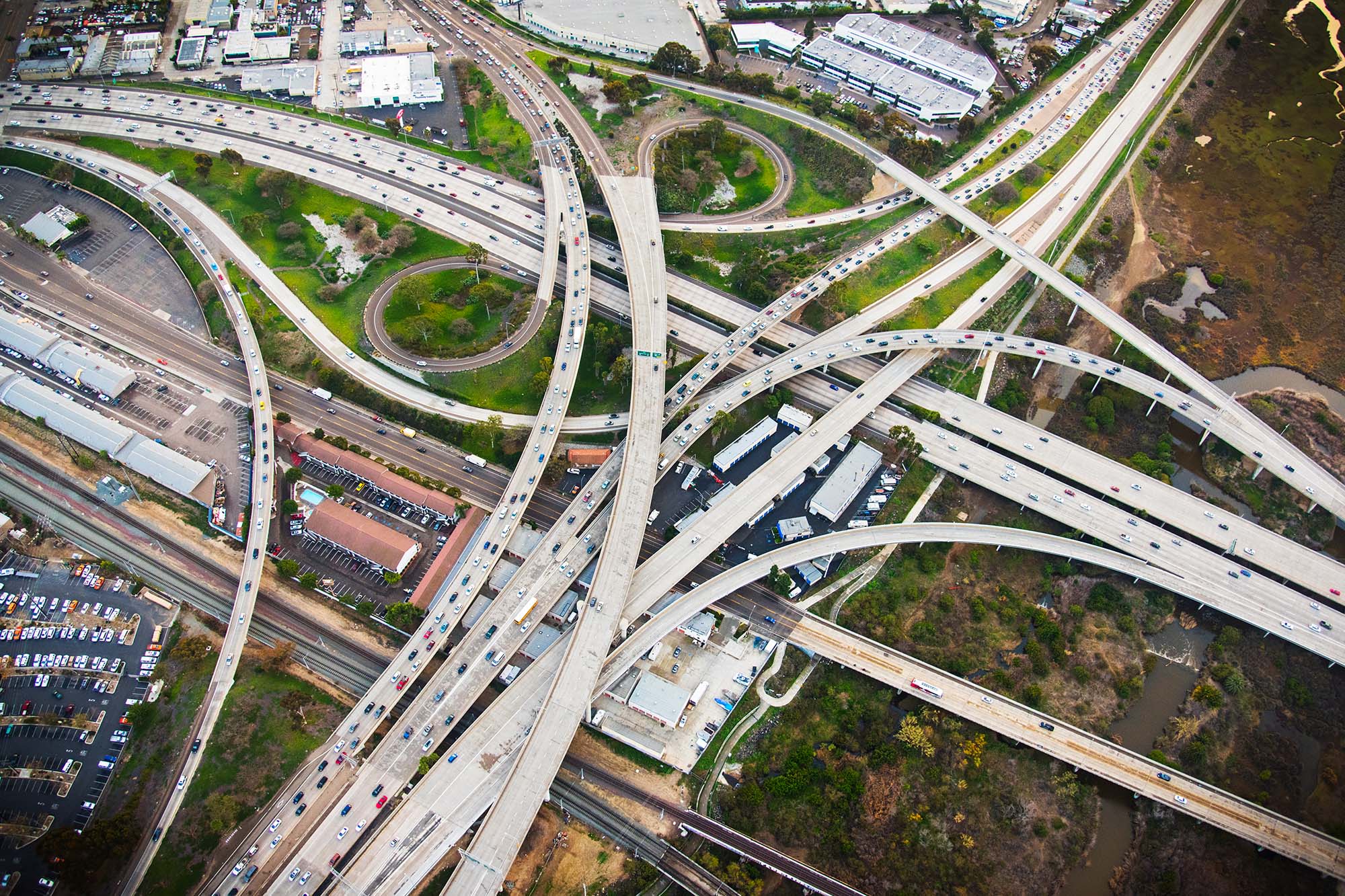What You Need to Know About Merging Etiquette
Embrace the zipper, pay attention, and enjoy smooth driving.
 Getty Images
Getty Images
Merging traffic can be stressful for some drivers, especially in densely packed areas or at high speeds. There's more to changing lanes than simply putting on your blinker and hoping for the best, though. This guide to merging etiquette can help you pull off the common merging maneuver safely and efficiently.
How to Safely Merge Onto a Highway
Have you ever noticed how long some highway on-ramps are? That extra distance from one road to the next can give you time to spot a gap in passing traffic and get your vehicle up to speed so you can match the flow of cars as you enter. Ramp speed limits are often designed to help you calculate the correct merging speed, so paying attention to them can help you plan for what's ahead.
A common mistake that some overly cautious drivers make is to focus more on spotting a gap than on matching the speed of passing traffic, causing them to slow down and wait for the perfect merging moment. This can be a dangerous practice that may increase the likelihood of collisions, as it can turn your car into an obstacle for trailing drivers who are speeding up to merge.
That being said, you can't just punch the accelerator and swerve onto a highway at will. Generally speaking, the right-of-way belongs to the drivers who are already on the road you're merging onto, which means yielding to them as you find the right gap in traffic.
Be aware of different state rules governing highway merging, too. Some states — but not all — have yield signs posted in the merging lane, for example.
Use the Zipper-Merge Method
When you find yourself approaching a lane closure or traffic that's backed up on an exit ramp, the most efficient and polite way to merge is called a zipper merge. Rather than moving into the necessary lane as soon as you see a construction notice or exit sign, it's actually much more efficient to stay in your current lane and then move over as late as possible.
This allows the bulk of traffic to maintain a steady speed with maximum available lane space until the very last minute, when cars can then take turns moving over into the remaining lane, mimicking the alternating teeth of a closing zipper. This method not only allows traffic to flow more smoothly, but it's typically also safer and more predictable than an early merge, as some state departments of transportation have said.
How You Can Help Other Drivers Merge Safely
Safe merging isn't only the responsibility of the driver making the lane change. Other motorists need to observe the proper etiquette as well.
One of the most important things you can do to help other drivers merge is also the simplest: Pay attention to what's happening around you. Keeping an eye on entry lanes will help you identify merging situations before they happen, giving you the opportunity to move over or make space for incoming traffic if possible.
Following other vehicles from a safe distance also helps create the gaps needed for merging drivers to make their way into traffic. By not tailgating, you can help smooth out the merging process for everyone around you.
Written by humans.
Edited by humans.
 Benjamin Hunting
Benjamin HuntingBenjamin Hunting is a writer and podcast host who contributes to a number of newspapers, automotive magazines, and online publications. More than a decade into his career, he enjoys keeping the shiny side up during track days and always has one too many classic vehicle projects partially disassembled in his garage at any given time. Remember, if it's not leaking, it's probably empty.
Related articles
View more related articles